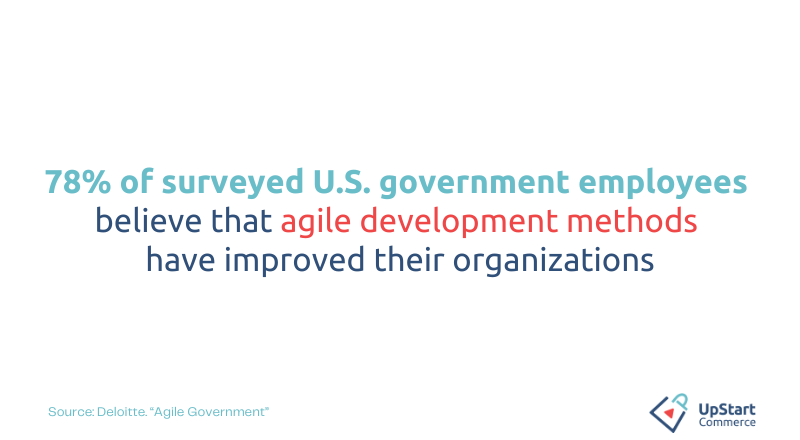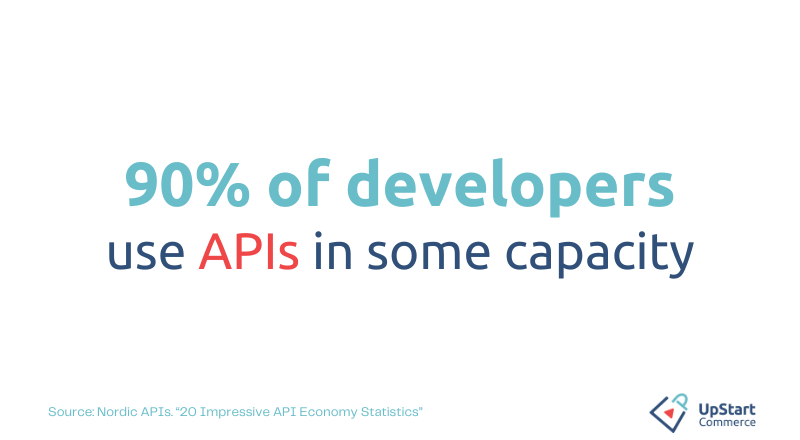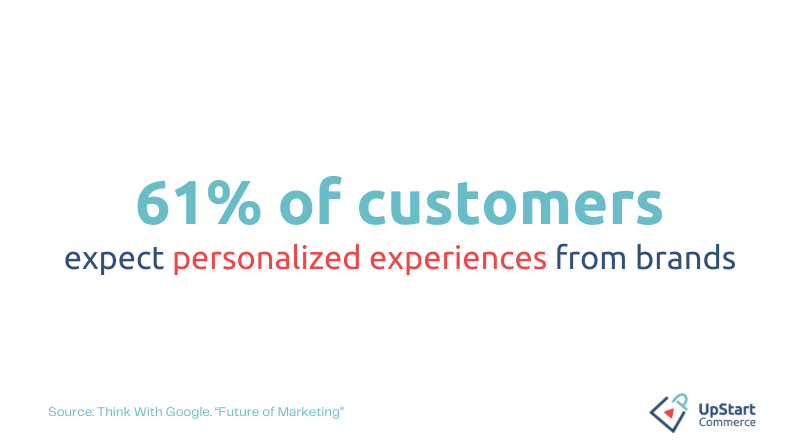Many large retail businesses have replatformed their ecommerce website in the past decade. From mobile commerce to social media, marketplaces, and live shopping, the ecommerce industry continues to evolve. In order to keep up, many businesses are replatforming to headless, API-first ecommerce platforms.
What is Headless Architecture?
Headless ecommerce platforms follow a headless architecture. Headless architecture means that the backend is decoupled from the frontend leaving it “headless”. The interface interacts with the backend with the help of efficient APIs.
Headless architecture seems like a lot of work and effort but once businesses replatform their ecommerce website, they see benefits for a long time.
This guide outlines the benefits of replatforming your ecommerce business to a headless, API-first approach. Headless commerce can improve your business, as well as your consumers’ experiences.
Improve Developer Productivity and Longevity
Developer productivity increases from ecommerce retailers replatforming their business to headless architecture. Here are a few reasons why:
- Headless commerce decouples the frontend from the backend.
- Agile models are commonly followed in the headless approach, simplifying the development process. Deloitte reports that 78% of the U.S. government employees surveyed believe that agile development methods have improved their organizations.
- A small team of 2 to 3 developers works on individual microservices. This makes the completion and revision easy. Each team has an increased ability to do what they want.
- There are no limitations in choosing a particular technology or development language. Each team can choose to work with any tool and language they are comfortable with.

Future Proof your Brand With Simple API Integrations
Improved ecommerce performance and enhanced experiences increase the customers’ experience. Using APIs allows ecommerce platforms to implement new technology trends. Here is how API integrations can future-proof a brand:
- Businesses can use different tools to get their work done, each tool is connected by an API. This makes the platform easy to access. Tools used in the backend and at the user interface are easy to integrate with the help of APIs.
- Communication between multiple ecommerce platforms becomes straightforward. The data connections and transfers are easy to maintain with APIs. Any data included or excluded in the future is easy to manage.
- Any changes in the backend do not reflect on the frontend. This is why APIs in headless architecture is the perfect solution for ecommerce platforms.

With our commerce APIs, retailers can manage their backend and frontend functionality by implementing individual features.
Personalize Customer Experiences With Machine Learning
According to a report by Think with Google, 61% of customers expect personalized experiences from brands. Replatforming to a modern ecommerce platform allows retailers to unify personalized shopping experiences. Here are ways machine learning can help provide personalized customer experiences:
- Composable and artificial intelligent search functionality that uses machine learning allows platforms to quickly retrieve accurate results.
- Use collected and well-structured data to get detailed insights into customers’ buying behavior and provide the best product suggestions.
- Continuously make changes to the frontend without having to change the backend Create interactive experiences, use the hit and trial method, and stick with the option that has the best conversion rate.

Read further about the benefits of ML in our blog ‘5 Ways to Improve Search Personalization Using Machine Learning’.
Streamline Go-To-Market Efforts With Headless Subscription Models
Zuora reports that the subscription economy has grown 6x over the last 9 years. Headless subscription models are the perfect solution to streamline go-to-market efforts. Here is why subscription models work:
- It is easy to retain customers following the subscription model with consistent, predictable products.
- The number of subscribers gives businesses a clear picture of the total amount of subscription-based revenue that will come in by the end of the month.
- Subscription numbers also help retailers manage their inventory. If there are a hundred subscribers, then a total of 100 products can be pre-ordered. When it is easy to predict inventory needs fewer products with a limited shelf-life go to waste.
- Once customers develop brand loyalty, they will continue returning and utilizing their subscriptions.
Get detailed insights on subscription models in our blog ‘Why You Should Implement a Subscription Model’.
Own Your Architecture With Cloud-Native Structuring
According to a report by Cloud Native Computing Foundation, a vendor-neutral cloud-native hub, at the end of 2021 that there were a total of 6.8 million cloud-native developers. Replatforming to a cloud-native ecommerce platform gives retailers control over their scalability, resiliency, and flexibility. The following are the benefits of cloud-native structuring:
- Using a serverless platform decreases on-site setup time and effort. Cloud-native structuring removes the need to figure out the storage space, configure networking, and other time-consuming issues.
- Businesses reduce the costs spent maintaining individual data centers when they store their data in the cloud-based ecosystem.
- Cloud-native data storage increases security measures. Service providers such as Amazon Web Services and Google Cloud have a team of security experts whose job is to focus on keeping their customers’ data safe.
- The cloud ecosystem decreases platform downtime due to better security measures.
Learn more about cloud-native benefits in our blog post ‘Cloud-Native SaaS: The Future of Software Development & Agility’.
Replatforming to API-first, headless ecommerce solutions allow businesses to innovate while improving developer productivity, future-proofing brands, enhancing customer experiences, a faster go-to-market time, and allowing brands to own their architecture.
Curious about how headless commerce can be used to improve your online store? Start your free trial today.
